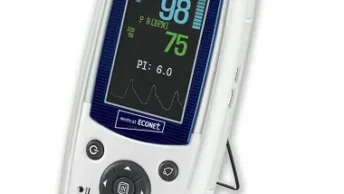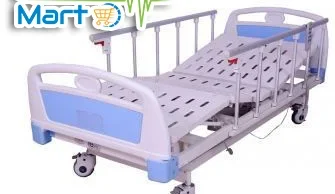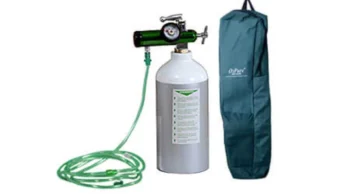The Inogen One G5 portable oxygen concentrator is primarily designed for personal use by individuals who require supplemental oxygen therapy due to various medical conditions. While it is not typically used within hospital settings as a primary oxygen delivery system, it can still have some importance and applications in hospitals in certain situations:

Transportation and Mobility: Hospitals may use portable oxygen concentrators like the Inogen One G5 to facilitate the movement of patients within the hospital, especially those who are on long-term oxygen therapy. This allows patients to maintain their oxygen therapy while being mobile.
Discharge Planning: When patients are ready to be discharged from the hospital but still require oxygen therapy at home, the hospital staff may provide them with portable oxygen concentrators like the Inogen One G5 as part of their discharge planning. This ensures a smooth transition from hospital care to home care.
Emergency Situations: Portable oxygen concentrators can be useful during emergency situations when a hospital’s primary oxygen supply system is compromised or when patients need to be evacuated.
Backup Oxygen: In some cases, hospitals may keep portable oxygen concentrators as backup oxygen sources in case of unexpected interruptions in the central oxygen supply.
Home Healthcare: Hospitals that offer home healthcare services may provide patients with portable oxygen concentrators like the Inogen One G5 to ensure they receive the required oxygen therapy at home.
Patient Comfort: For patients who may find it more comfortable to use a portable oxygen concentrator than a traditional oxygen tank, hospitals may provide these devices to improve patient compliance with oxygen therapy.
It’s important to note that the primary oxygen delivery systems used in hospitals are typically central oxygen systems with piped oxygen to patient rooms, as they can provide a high flow rate and consistent supply necessary for critical care. Portable oxygen concentrators like the Inogen One G5 are better suited for personal use, outpatient care, and home healthcare situations. Hospitals would use them in specific scenarios where their features are advantageous.







